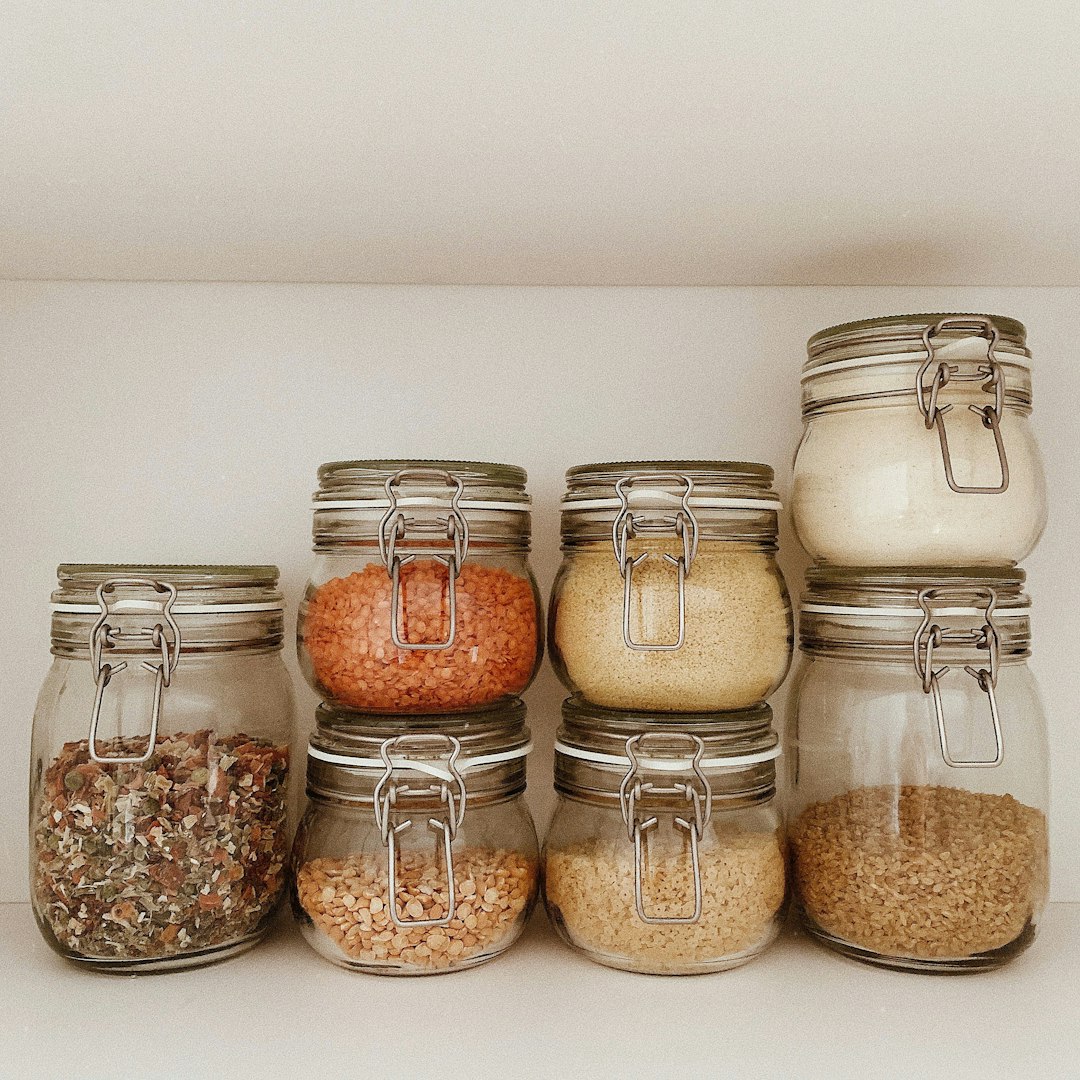Plastic is everywhere. It’s in our cars, our phones, and yes—our kitchens. But in 2025, experts are raising eyebrows about one place in particular: plastic food containers. They may seem harmless, but hidden dangers might be lurking in your lunchbox. Let’s take a closer look at what makes plastic food storage risky—and what you can do about it.
Plastic Has a Secret
Plastic containers can release tiny chemical bits called microplastics and BPA (Bisphenol A) into your food. These are invisible to the eye but not to your body. Studies in 2025 show that even “BPA-free” plastic isn’t always safe. Newer plastics often use different chemicals that can be just as harmful.

Why Should You Worry?
Heating your lunch in a plastic container? That’s when the real trouble starts. Microwaves speed up the release of chemicals. And even washing plastic in hot water can cause it to break down over time.
The hidden dangers include:
- Hormone disruption – Some plastic chemicals mimic hormones in your body.
- Potential cancer risk – Long-term exposure is still being studied but shows scary signs.
- Damage to kids – Children’s developing bodies are more sensitive to chemicals.
- Environmental pollution – Microplastics don’t stop at your fridge. They end up in the ocean, too.
But Wait—It Gets Worse
In 2025, scientists found that plastic can also alter the taste and smell of food. Yep, that plastic-y after-taste isn’t just annoying—it’s a sign. A sign your container is leaching chemicals into your meal.
And get this — single-use plastics, like takeout containers, are even more likely to leach toxins. These throwaway items are made of weaker plastic, designed for one-time use. Spoiler: Most people reuse them anyway.
How Can You Store Food Safely?
Don’t panic—just switch it up. There are lots of safer storage options today.
- Glass containers – Strong, reusable, and microwave safe.
- Stainless steel boxes – Super durable and keeps food fresh.
- Silicone pouches – Flexible, safe for heat, and perfect for snacks.
- Ceramic bowls with lids – Great for storing and serving.
Also, read the label. If you must use plastic, look for those marked with recycling code 1, 2, 4, or 5. Avoid codes 3, 6, and 7, which are more likely to contain harmful chemicals.

Pro Tips for a Plastic-Free Kitchen
- Never microwave food in plastic—even if the label says it’s safe.
- Let hot food cool before placing it into any container.
- Don’t wash plastic in hot water. Use gentle soap and cool water instead.
- Rotate your containers. If it’s scratched or cloudy, toss it safely.
Think About Tomorrow
Here’s the big picture: reducing your plastic use is a win for your health and the planet. In 2025, we know more than ever before about how everyday choices impact everything around us. Making a small switch today could help protect you—and your leftovers—tomorrow.
Your lunch deserves better than a chemical bath. So does your body. The good news is that you have so many options that are safe, reusable, and even stylish.
Ready to ditch plastic? Your health will thank you. So will the turtles.




